Exploring Kruger National Park is a journey through Earth's geological history, showcasing ancient rocks, life's evolution, and dramatic landscapes. The park's diverse geology, from three-billion-year-old bedrock to recent Quaternary formations, reveals the planet's dynamic past. Highlights include the Lebombo Monocline and rich fossil records. This narrative emphasizes the importance of conservation and the unique opportunity to connect with Earth's ancient past at Needles Lodge.
Kruger: A Kingdom of Wilderness – How It All Began
Discover the story behind Kruger National Park — from its creation in 1898 to its status as a global conservation icon. Learn how safari culture began and where to stay nearby.
There’s a hush that settles over the land when you first enter Kruger National Park.
Not silence, exactly — the cicadas still buzz, hornbills still bark, impalas still snort — but something deeper. A sense of stepping into something old. Something sacred.
But how did it all begin?
How did this wilderness — home to elephants, lions, and the ancient echoes of time — come to be protected, respected, and revered?
Let’s walk back through history, along dusty footpaths and ranger tracks, to uncover the roots of Kruger National Park— a place where dreams of conservation were sown long before binoculars and safari hats were fashionable.
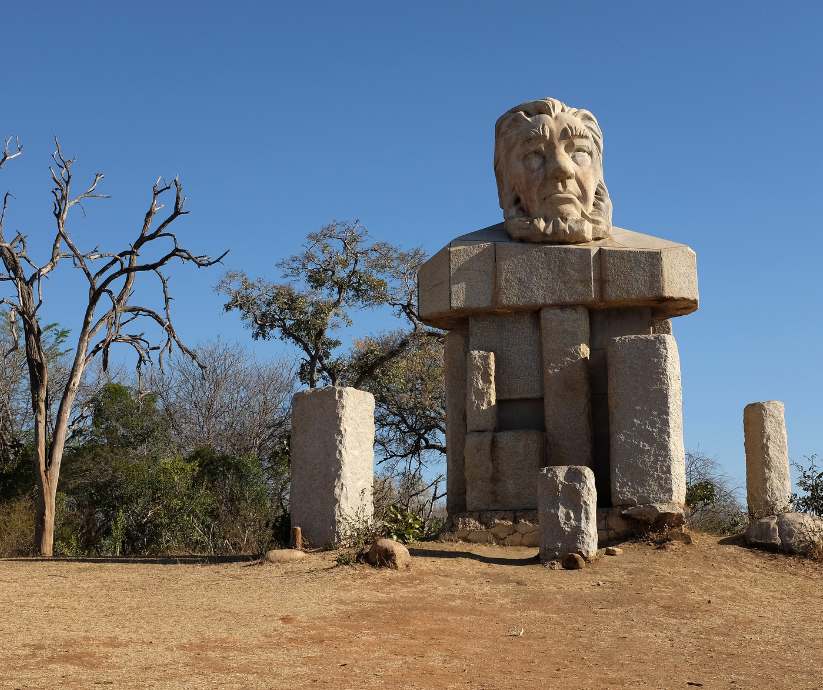
The Spark of a Visionary: Paul Kruger’s Legacy
Long before this land was fenced and mapped, it teemed with life. Herds moved with the seasons, predators followed silently, and humans lived in rhythm with the land — from San hunter-gatherers to Iron Age settlements.
But by the late 1800s, things were changing.
Wildlife numbers were plummeting — hunted relentlessly by colonists, traders, and trophy seekers. The natural order was unravelling.
The gold rushes of the late 19th century in the Transvaal — especially in Barberton (1880s), Pilgrim’s Rest (1870s), and MacMac — brought waves of prospectors, hunters, and traders. With them came a booming trade in bushmeat, driving unsustainable hunting that threatened the survival of many species in what is now Kruger National Park.
Enter Stephanus Johannes Paulus Kruger — or Paul Kruger, former president of the South African Republic and a man with uncommon foresight. He believed this wild land — with its unparalleled biodiversity — needed protection.
In 1898, his government proclaimed the Sabie Game Reserve, the embryo of what would become Kruger National Park. It wasn’t a popular move. Many thought it foolish to lock up land when cattle, gold, and commerce were king.
But Kruger persisted. And today, his name lives on in every baobab shadow and lion’s roar that drifts across the plains.
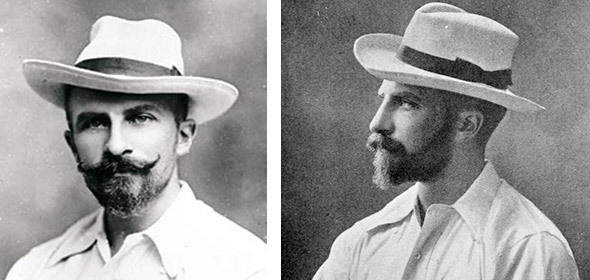 James Stevenson-Hamilton
James Stevenson-Hamilton
From Reserve to National Treasure
After the Anglo-Boer War and a spell of uncertain years, the reserve came under the leadership of James Stevenson-Hamilton, the first official warden of the Sabie Game Reserve in 1902. Known simply as “Skukuza” by the local Shangaan people — meaning "the one who sweeps clean" — he was tasked with reviving a landscape strained by years of exploitation.
He closed the area to hunting and focused on restoring the natural balance of the region. His efforts were centred on preserving fragile ecosystems, protecting dwindling wildlife populations, and understanding the land through careful observation. Living in the bush and working closely with its rhythms, Stevenson-Hamilton laid the foundations for the conservation model that Kruger still follows today.
His work led to the formal establishment of Kruger National Park in 1926, combining the Sabie and Shingwedzi reserves into a single sanctuary — the first of its kind in South Africa.
It was a victory for wildlife — and a defining moment for the safari experience we know today.
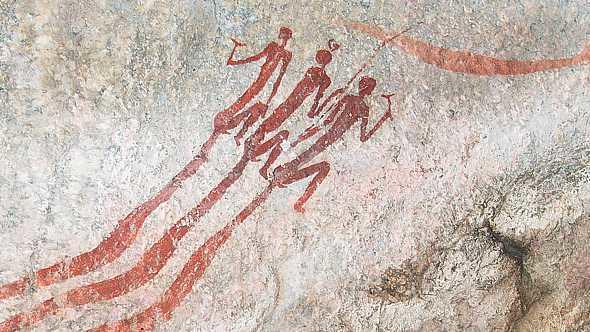
The Rangers Who Carried the Flame
Kruger’s early days weren’t glamorous. There were no tar roads, no luxury lodges, no tour vehicles. Just tents, rifles, maps, and an unshakeable love for the bush.
Rangers like Harry Wolhuter became legends. In 1904, he famously survived a lion attack by killing the animal with a sheath knife — while being dragged into the bush. The lion’s skin and the very knife he used are still on display at the Skukuza Museum — a testament to the courage and grit that defined those who protected the park in its infancy.
These were the men (and eventually women) who walked thousands of kilometres, patrolled borders, fought poachers, and laid the foundation for the park’s global reputation.
They didn’t just manage a park. They wrote its first real chapters.
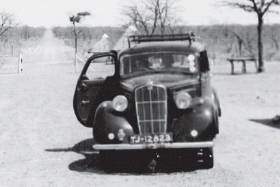
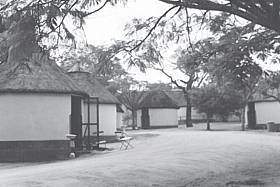
Ancient Trails, Echoes of the Past
But Kruger’s story goes back much further than presidents and park rangers.
Scattered across its vast expanse are stone tools, Iron Age artefacts, and San rock art, some dating back over a thousand years. Kruger is not just a wildlife sanctuary — it's a living archaeological landscape.
In places like Masorini Hill and Thulamela, you can walk in the footsteps of ancient iron smelters, farmers, and traders who lived and thrived along these same rivers and ridges.
These sites are powerful reminders that Kruger has always been more than wild animals.
It’s a place where humans and nature have danced together for millennia.
To understand the ancient geology that shaped it all, explore:
🪨 A Walk Through Time – Geological Wonders of Kruger
The Birth of Safari Culture
The word “safari” means “journey” in Swahili — and Kruger has long been the place for just that.
In the early days, tourists camped under the stars, cooked over open fires, and travelled rough dirt roads in rattling Fords and Chevrolets. Rangers doubled as guides, cooks, and mechanics.
By the 1930s, rest camps like Pretoriuskop and Skukuza opened to the public. And with the advent of self-drive safaris, Kruger became the people’s park — https://sabiegamereserve.org
Today, guests at Needles Lodge in Marloth Park still follow in those tyre tracks — waking at dawn for game drives, whispering over leopard sightings, and gathering around the boma at night with eyes full of wonder.
Want to bring your family into that story? Don’t miss:
👨👩👧👦 Discovering South Africa – A Family Guide to Needles Lodge
Kruger Today – A Global Conservation Icon
Now over 2 million hectares in size, Kruger National Park is one of the largest and most successful game reserves on the continent. It protects:
- 147 mammal species
- 500+ bird species
- 100+ reptiles
- And a treasure trove of trees, insects, and endangered species
- But it's not just about numbers.
Kruger is a living, breathing ecosystem. A wild classroom. A refuge. A proving ground for conservation strategies now used across Africa.
From anti-poaching technologies to community outreach, it remains at the front line of modern conservation.
And places like Needles Lodge play a role too — offering visitors an ethical, immersive way to experience the magic of the bush while contributing to local communities and eco-tourism economies.
Why This History Still Matters
Because every lion you see today was once hunted.
Every rhino grazing by the river is here because someone fought for it.
Every golden sunrise over the savannah continues a story generations in the making.
To walk or drive through Kruger today is to become part of that story.
You’re not just a tourist — you’re a character in a living legacy.
Planning Your Visit to the Kingdom
Staying at Needles Lodge in Marloth Park places you right on Kruger’s doorstep — with expert-guided game drives, birding, cultural excursions, and evenings under the stars waiting for you.
Want to know how to plan your perfect trip?
📅 Discovering South Africa – A Family Guide to Needles Lodge
Or curious about the land beneath your feet?
🪨 A Walk Through Time – Geological Wonders of Kruger
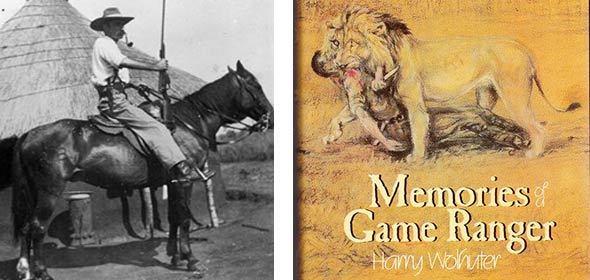 Harry Wolhuter
Harry Wolhuter
In Closing: A Living Legacy
Kruger didn’t just happen. It was imagined, protected, fought for, and ultimately shared.
And while the names of Paul Kruger, Stevenson-Hamilton, and Wolhuter echo loudly, so too do the whispers of those who lived here long before — who understood, instinctively, the rhythm of this land.
So next time you watch elephants at a waterhole, or sit quietly under a fever tree listening to the birds of dusk, remember:
You’re part of a story that began long before you…
and will, if we protect it, carry on long after.
Further Reading
Needles Lodge offers an unforgettable South African adventure, with a variety of activities perfect for families. Located near Kruger National Park, it provides diverse safari experiences, including full-day and sunrise drives. Guests can also enjoy unique activities like tiger fishing, scenic tours along the Panorama Route, cultural trips to Eswatini and Mozambique, and tranquil nature walks in Marloth Park. The lodge is an ideal base for exploring the region's natural beauty and...
Another article by Alan Holmes, an eclectic author, who is a permanent resident in Marloth Park and an avid lover of all things natural and Kruger Park.

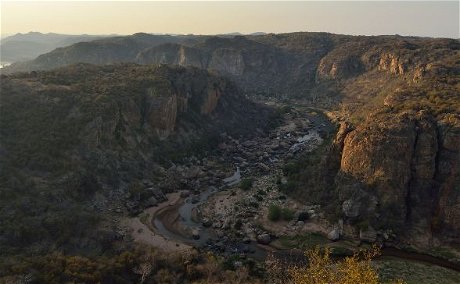
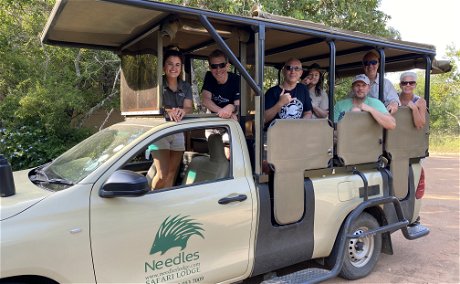
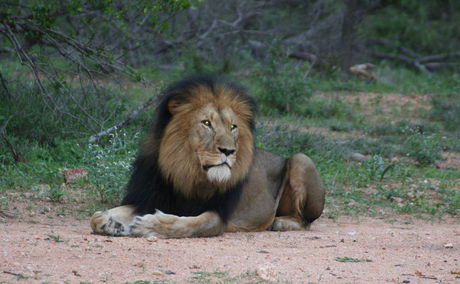
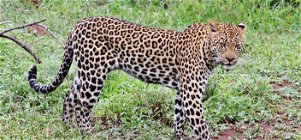
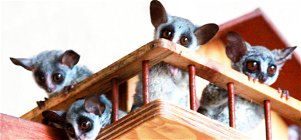
Share This Post